Neli Ulrich joins a select group of recipients recognized for their impactful work in science and technology in Utah.
Tag: UTAH
Where does the central Wasatch’s extreme snowfall come from?
University of Utah atmospheric scientists set out to better understand extreme snowfall, defined as events in the top 5% in terms of snow accumulations, by analyzing hundreds of events over a 23-year period at Alta, the famed ski destination in the central Wasatch outside Salt Lake City.
Despite challenges, Utah’s tourism industry reports record visitation and spending in 2021
Utah’s travel and tourism industry saw record visitation and spending in 2021, according to the latest annual industry report released today by the Kem C. Gardner Policy Institute. The report notes that 2021 visitor spending was up 49.5% from 2020 to a record $10.56 billion.
Survivors of Utah’s Eugenic Sterilization Program Still Alive in 2023
At least 830 men, women and children were coercively sterilized in Utah, approximately 54 of whom may still be alive. They were victims of a sterilization program that lasted for fifty years in the state and targeted people confined to state institutions. Many were teenagers or younger when operated upon; at least one child was under the age of ten.
Water Policy, Agriculture, Climate and Hydrology Experts Available for Insight
Arizona State University has an extensive roster of water policy, agriculture, climate and hydrology experts who can provide insight on the forthcoming Colorado River water cuts to be announced by the Federal Bureau of Reclamation around August 15. Expert profiles,…
U. of Utah ranked No. 8 for undergrad entrepreneurship (No. 5 among public schools) for 2022 by U.S. News
The University of Utah’s David Eccles School of Business continues to be recognized as a top-10 program for entrepreneurship. In new rankings from U.S. News & World Report, its undergraduate program for entrepreneurship ranked No. 8 overall and No. 5 among public schools for 2022.
How society’s inequalities showed up in COVID outcomes
During the 2020 lockdowns, residents of affluent areas in Salt Lake County, Utah were able to stay at home more than residents of the least affluent zip codes, suggesting that the “essential worker” occupations of the least-affluent areas, which are also the highest minority populations, placed them at greater risk for contracting COVID-19. Subsequently, the least-affluent zip codes experienced nearly ten times the COVID incidence rate of affluent areas.
‘Virtual nature’ experiences reduce stress in prisons
For people who are in jails or prisons, experiencing nature virtually is usually their only option. A new study from University of Utah researchers finds that exposure to nature imagery or nature sounds decreased physiological signs of stress in the incarcerated, and spurred their interest in learning more about the habitats they experienced. The researchers also found that, in general, people didn’t strongly prefer visual to auditory nature experiences.
3-D printed replicas reveal swimming capabilities of ancient cephalopods
Researchers took 3-D printed reconstructions of fossil cephalopods to actual water tanks (including a swimming pool) to see how their shell structure may have been tied to their movement and lifestyle.
How air pollution changed during COVID-19 in Park City, Utah
Throughout the pandemic, air sensors watched during lockdowns as air pollution fell in residential and commercial areas, and then as pollution rose again with reopenings. The changing levels, the researchers found, which behaved differently in residential and commercial parts of the city, show where pollution is coming from and how it might change in the future under different policies.
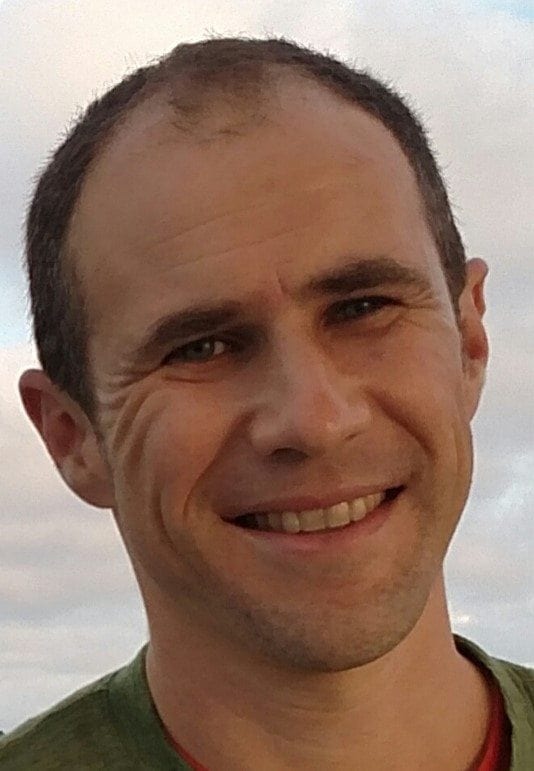
Johns Hopkins Expert Available to Discuss Heat Wave in U.S. West
As triple-digit temperatures scorch millions in California and the Desert West, stoking wildfires and exacerbating drought conditions, Johns Hopkins experts can discuss the environmental and health impacts of the heat wave, and how officials can better prepare for the rest…
Wildfire smoke trends worsening for Western U.S.
New research from the University of Utah ties the worsening trend of extreme poor air quality events in Western regions to wildfire activity, with growing trends of smoke impacting air quality clear into September.

Automatic trail cameras keep wildlife research going during pandemic
Green and his colleagues are sharing what they’ve learned about the importance of camera traps for wildlife conservation and management. As the COVID-19 pandemic has shown, they write, automatic camera traps are good tools for a wide range of environments and research questions.
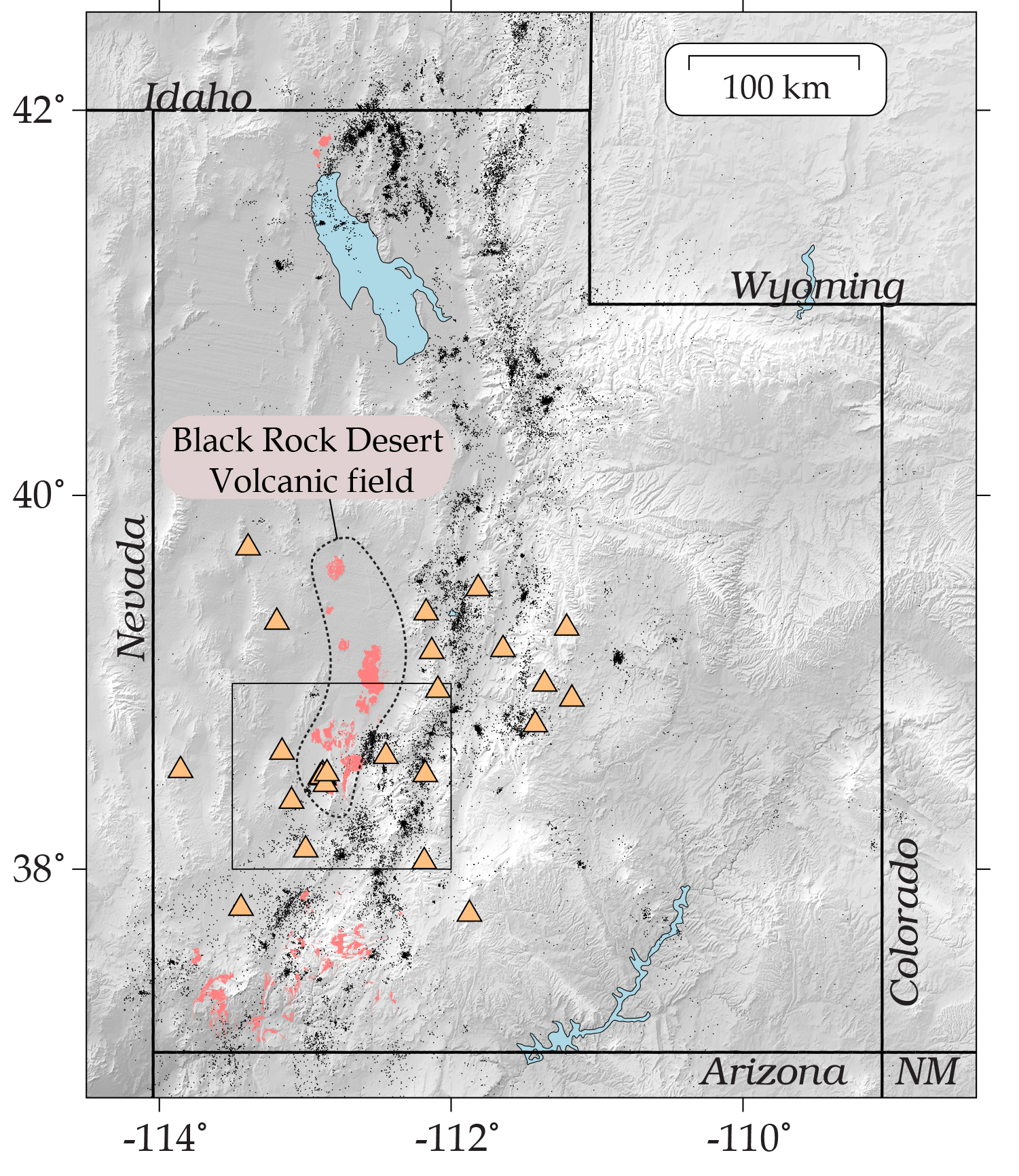
Unusual earthquakes highlight central Utah volcanoes
Earthquakes in the Black Rock Desert are rare and capturing the seismic recordings from these earthquakes provides a glimpse into the volcanic system of the Black Rock Desert that, while not showing any signs of erupting, is still active.
Utah FORGE Chooses 17 Selectees to Begin Negotiations
The Utah Frontier Observatory for Research in Geothermal Energy (FORGE) at the University of Utah is pleased to announce it has chosen 17 project selectee applications for negotiations for the FORGE Solicitation 2020-1. The selectees could receive a combined total of up to $46 M over the next 3 years.
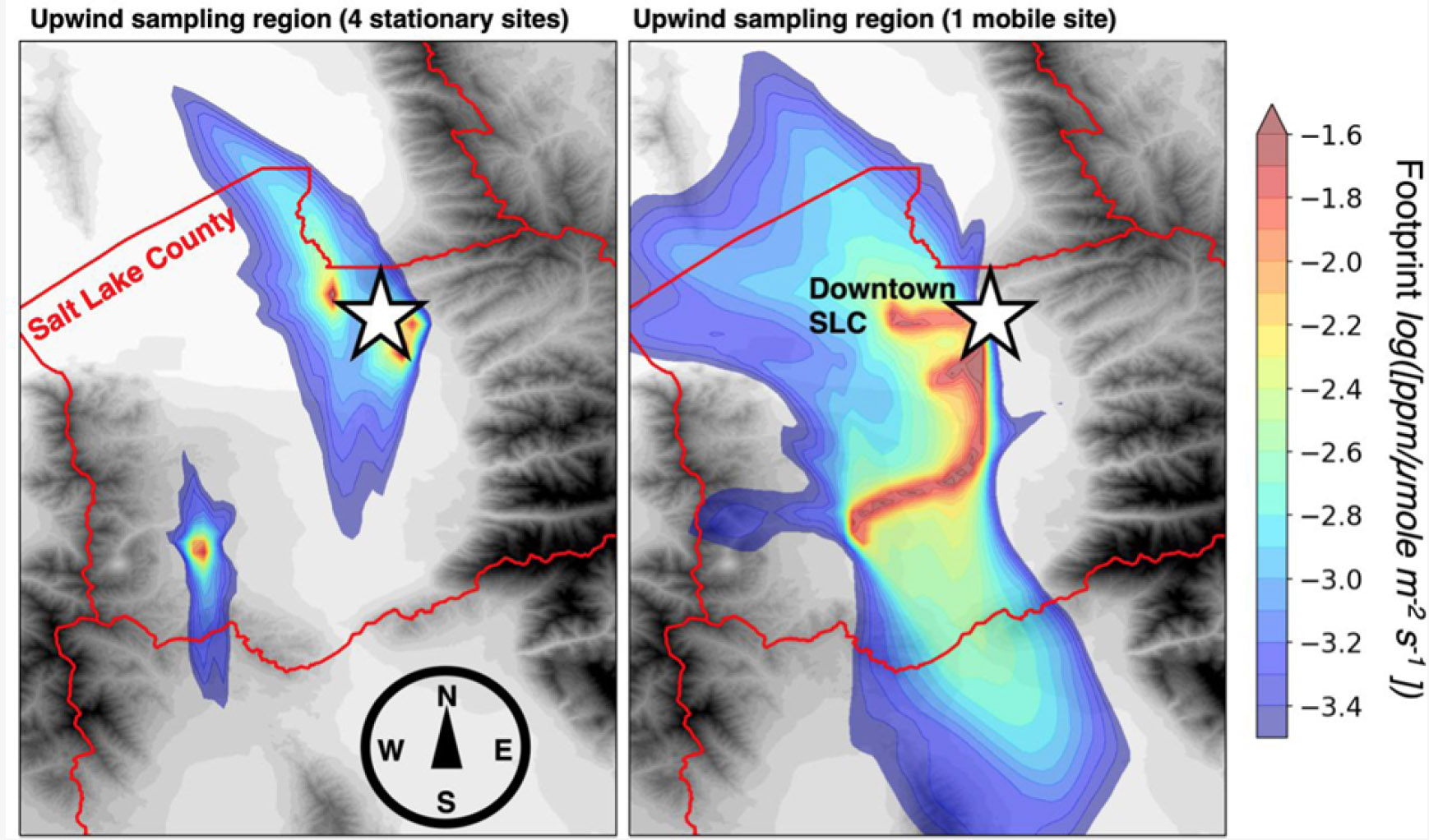
Taking greenhouse gas analysis on the road, er, rails
Since 2014, the University of Utah has maintained research-grade suites of air quality instruments installed on light rail trains. These mobile sensors cover the same area as 30 stationary sensors, providing the Salt Lake Valley with a highly cost-effective way to monitor its greenhouse emissions and fill in gaps in emissions estimates.
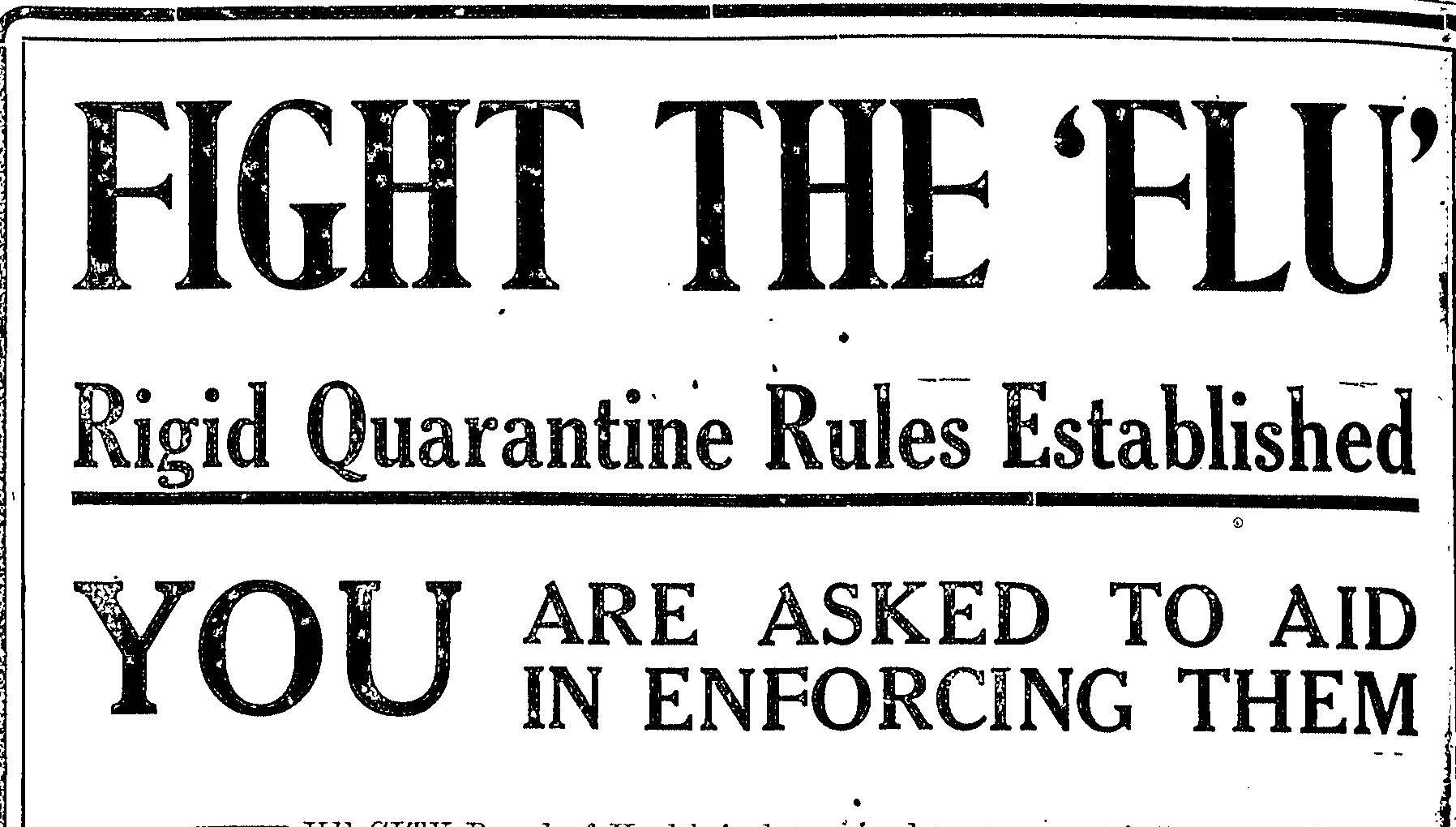
Marriott Library digital exhibit finds echoes of today’s pandemic news in century-old headlines
The J. Willard Marriott Library is launching a new digital exhibit to explore the 1918 flu pandemic in Utah through contemporary newspaper articles. The articles show how the issues and divisions that have appeared in the COVID-19 pandemic are, unfortunately, nothing new.
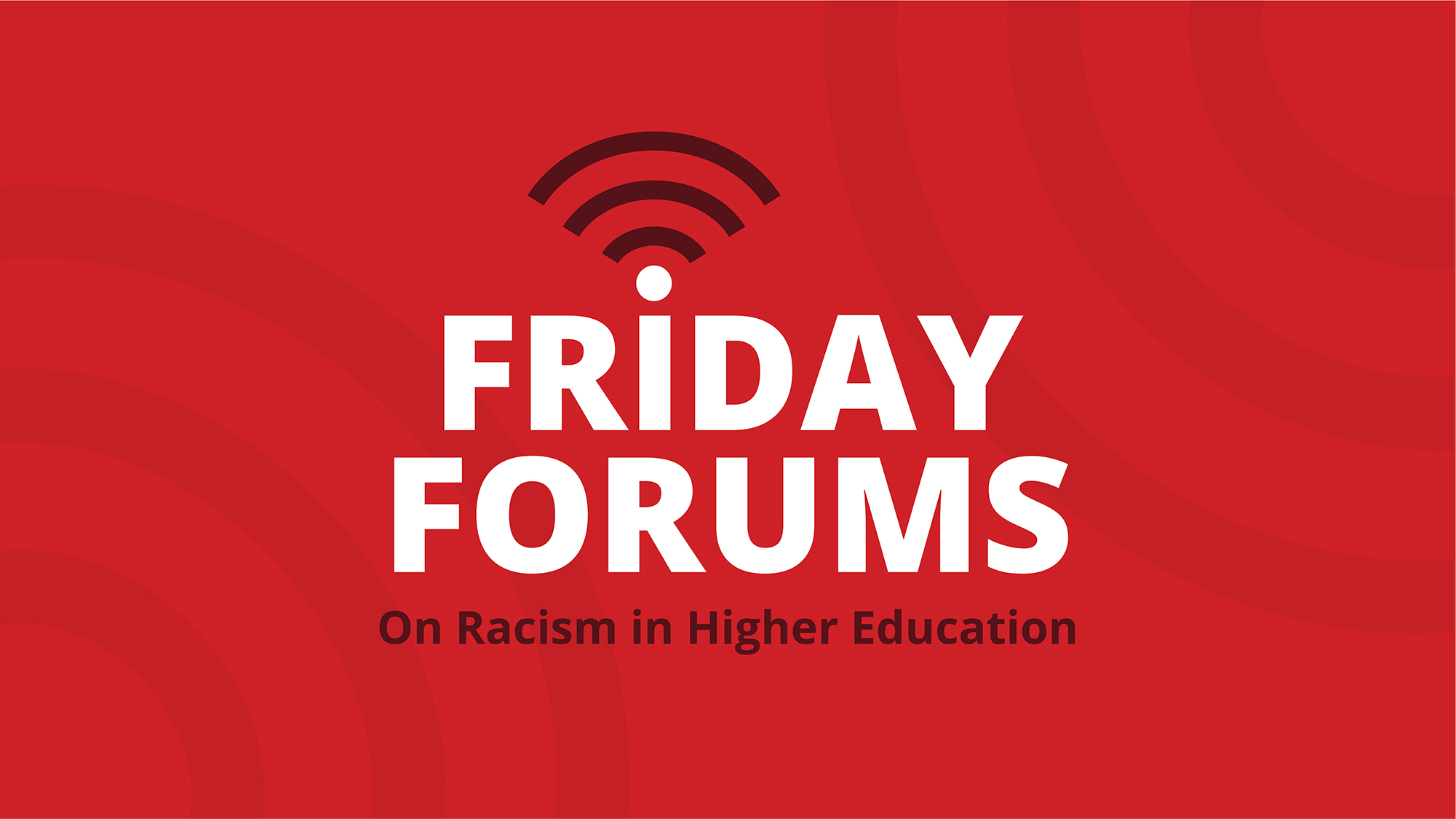
Confronting Racism in Higher Education
Equity, Diversity, and Inclusion (EDI) at the University of Utah is leading a collective call to action for truth, healing and the building of anti-racist campuses with the launch of Friday Forums on Racism in Higher Education.

U team offers daily tips for parenting, schooling and e-learning in a pandemic
The Behavior Response Support Team (BRST, pronounced “burst), a joint project of the University of Utah’s Department of Educational Psychology and the Granite School District, provides daily tips and teaches skills for managing kids’ behavior amid remote learning, in-person learning and general pandemic conditions. The animated videos, featuring avatars representing diverse children and families, are provided in seven languages and on five social media platforms.
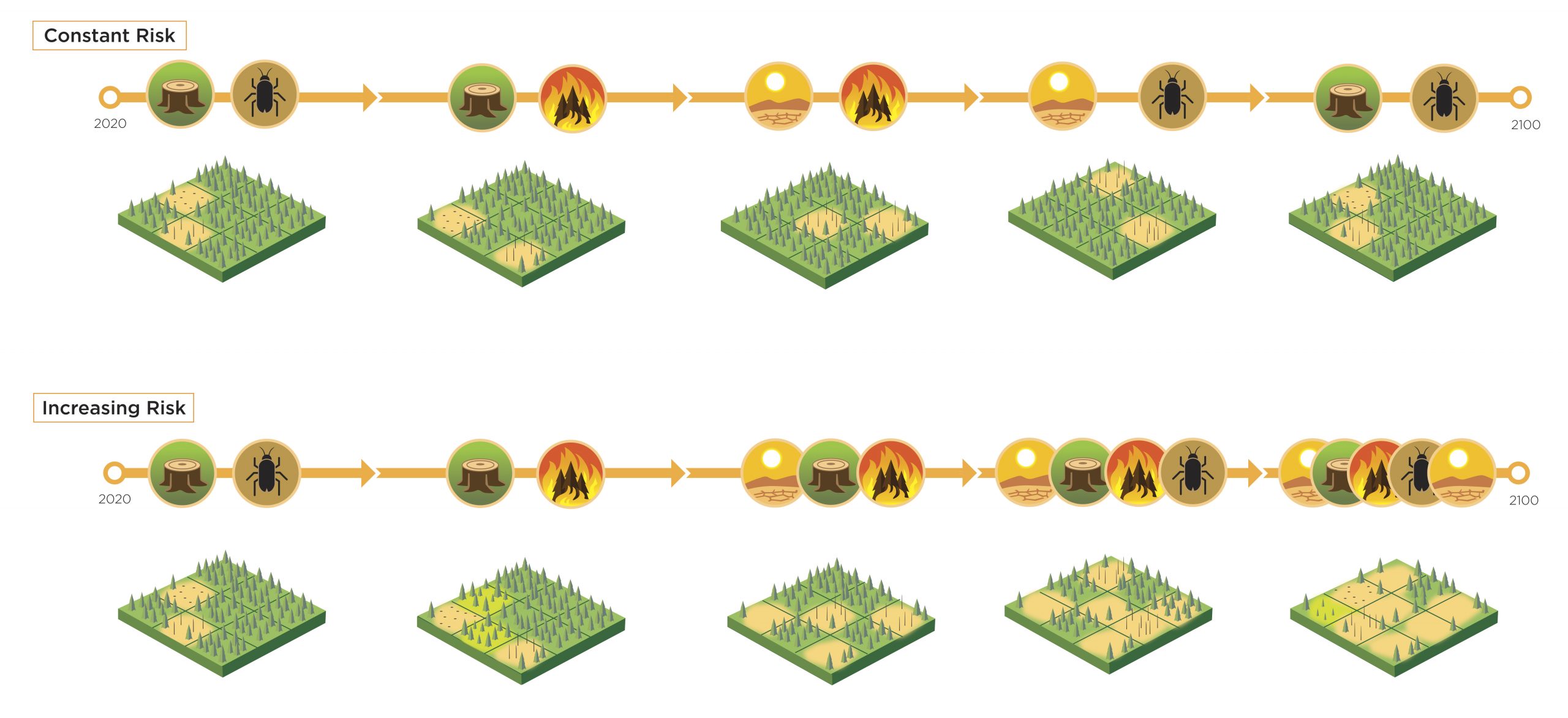
Know the risks of investing in forests
Some governments are counting on planted forests as offsets for greenhouse gas emissions—a sort of climate investment. But as with any investment, it’s important to understand the risks. If a forest goes bust, researchers say, much of that stored carbon could go up in smoke.
Forests can be best deployed in the fight against climate change with a proper understanding of the risks to that forest that climate change itself imposes.

Utah’s arches continue to whisper their secrets
Two new studies from University of Utah researchers show what can be learned from a short seismic checkup of natural rock arches and how erosion sculpts some arches—like the iconic Delicate Arch—into shapes that lend added strength.
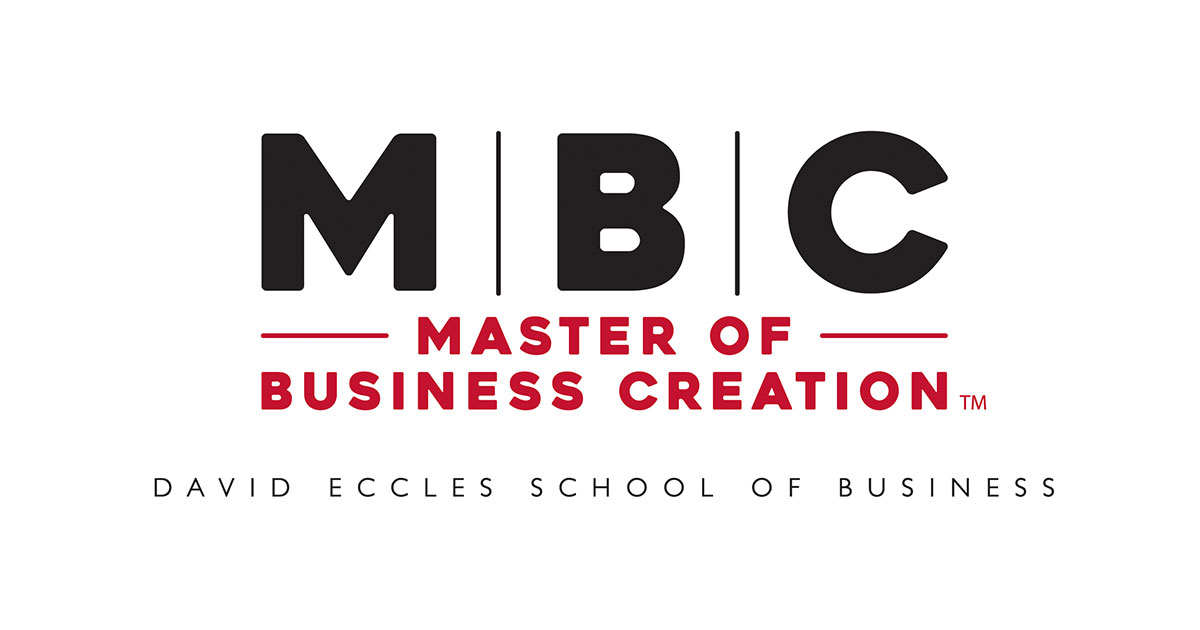
First founders graduating from Master of Business Creation program
The University of Utah’s David Eccles School of Business and Lassonde Entrepreneur Institute will graduate the first group of founders from the unique Master of Business Creation (MBC) program at the end of the Spring Semester.
U-led human factors consortium improves medical device design
A University of Utah-led consortium to improve the design of medical devices welcomes Rice University as its newest partner. The Human Factors MEdical DevIce Consortium (hfMEDIC) serves as a consulting resource for medical device manufacturers looking to improve usability and safety of their products.
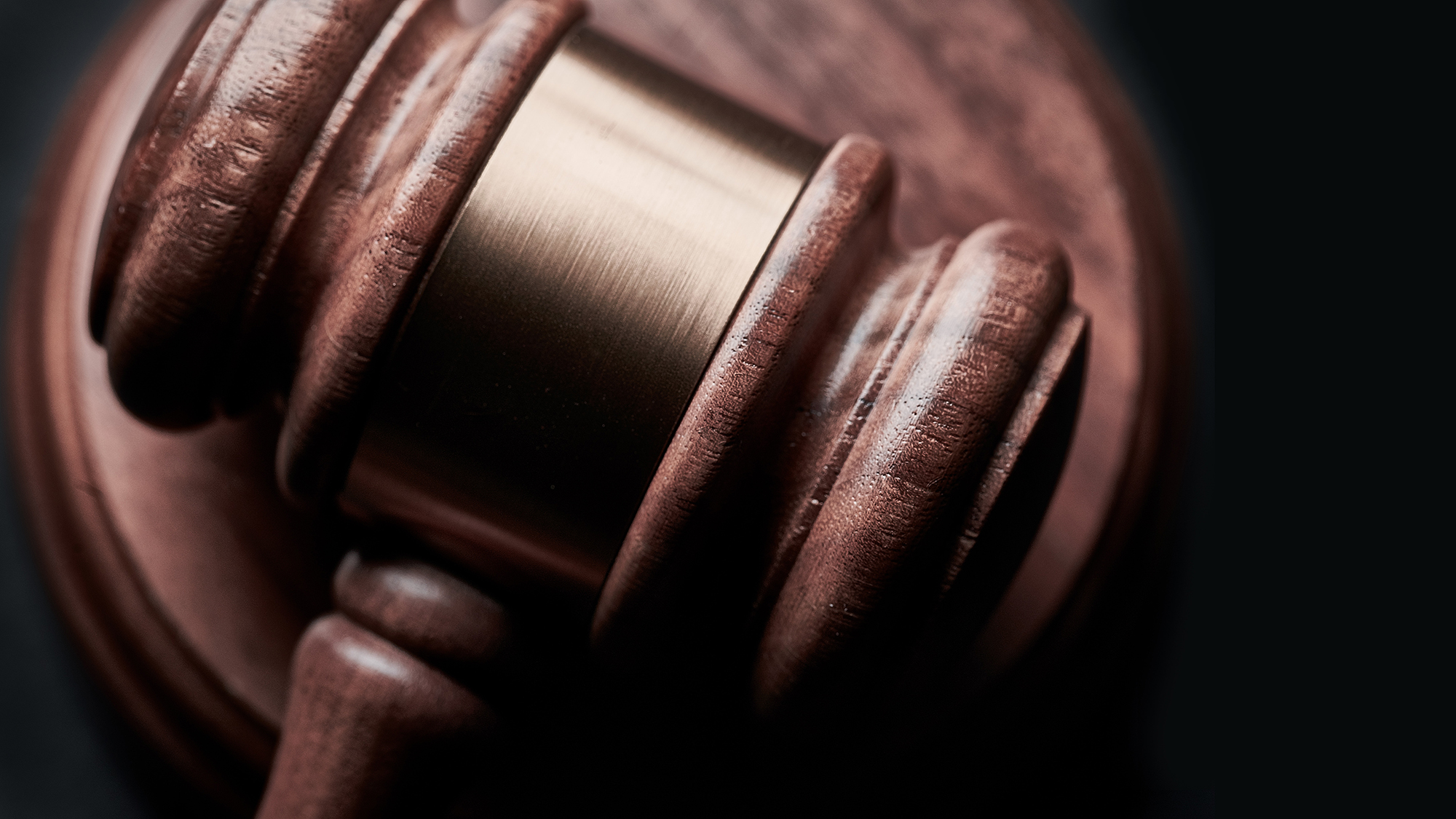
U researchers find public safety risks in bail reform
Discussions of reforming the bail system, which allows defendants to post a monetary bond and leave jail while they await trial, often turn to the question of public safety. Would people out on bail commit additional crimes?
The answer, according to two University of Utah professors, appears to be yes.

New species of Allosaurus discovered in Utah
A remarkable new species of meat-eating dinosaur, Allosaurus jimmadseni, was unveiled at the Natural History Museum of Utah. The huge carnivore inhabited the flood plains of western North America during the Late Jurassic Period, between 157-152 million years ago, making it the geologically oldest species of Allosaurus, predating the more well-known state fossil of Utah, Allosaurus fragilis.
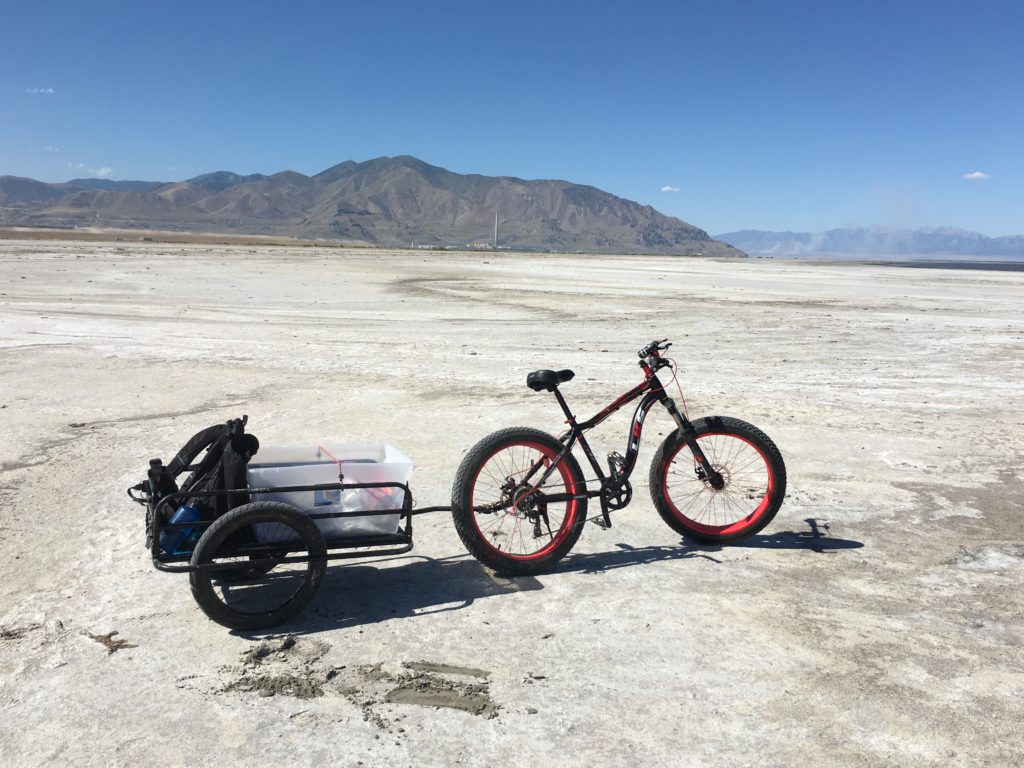
A fragile crust protects from dust
From June 2016 to August 2018, Perry traversed the playa by bike, researching how it contributes to dust in the Salt Lake Valley’s air. In a report prepared for the Utah Department of Natural Resources and Utah Division of Facilities Construction and Management, Perry details the current dust source regions on the playa and explains how declining lake levels, as well as damage to the playa, could make the problem worse.
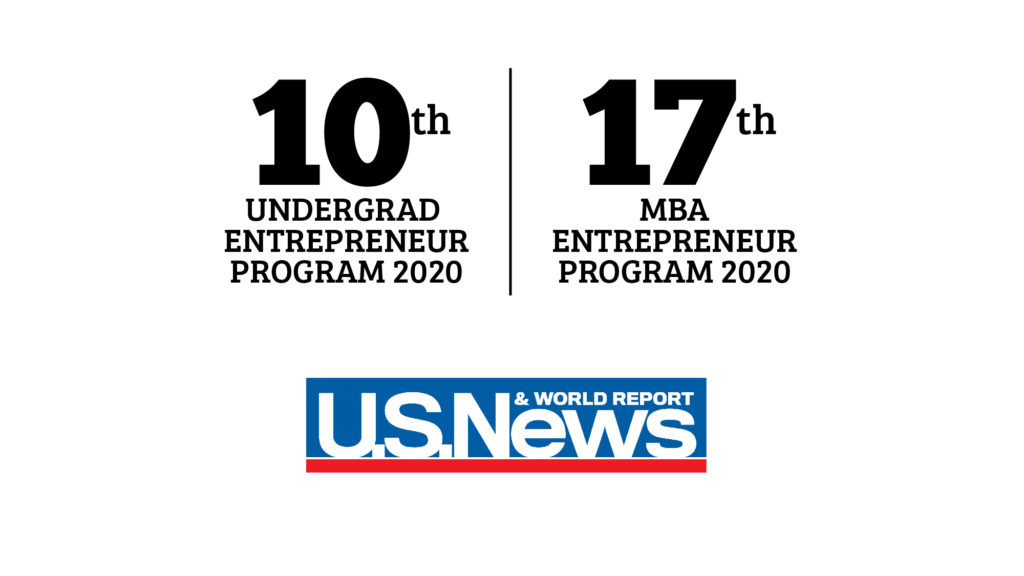
U. of Utah ranked No. 10 for undergrad, No. 17 for grad entrepreneurship by U.S. News
The David Eccles School of Business at the University of Utah continues to receive top 10 rankings for its entrepreneurship program, which consists of the Lassonde Entrepreneur Institute and the Department of Entrepreneurship & Strategy.
The latest ranking is from U.S. News and World Report, which listed the school’s undergraduate program No. 10 (or No. 6 among state schools) and graduate program No. 17 for 2020.
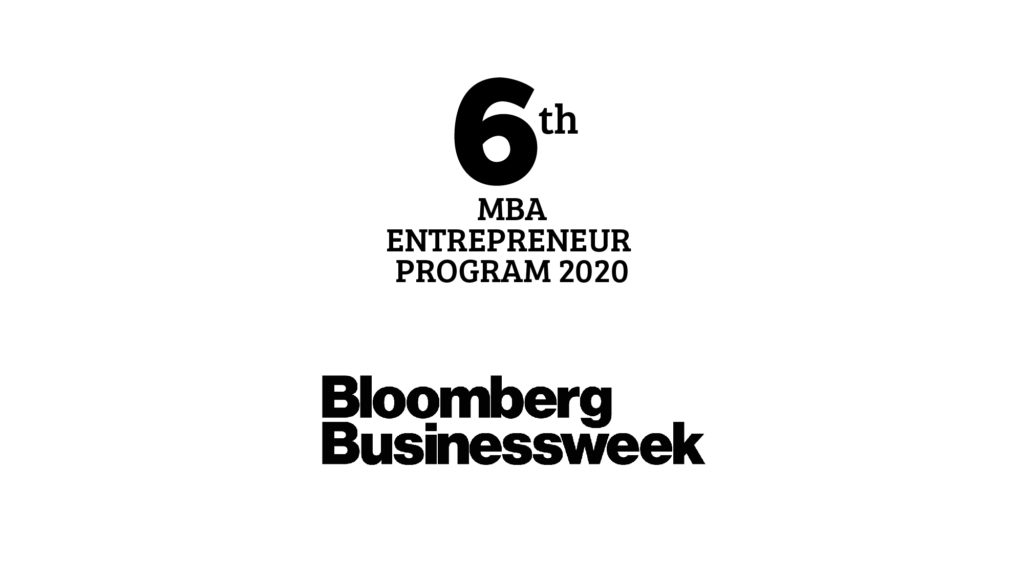
U. of Utah MBA program ranked No. 6 for entrepreneurship by Bloomberg
The full-time MBA program at the University of Utah’s David Eccles School of Business received a No. 6 ranking for entrepreneurship by Bloomberg Businessweek in its listing of the 2019-20 Best B-Schools released recently.